Doctor Chris Gordon
Candidature
Graduated PhD 2015
Thesis Title
Dingo (Canis dingo) extirpation and associated trophic restructuring as a mechanism influencing shrub encroachment in arid Australia?
Research Project
Increased density of woody shrubs in arid rangelands is a global phenomenon. In Australia, "woody weeds" are characteristically native shrubs of medium height (1-3m) that have increased in abundance with intensification of grazing since European settlement. Encroachment of native shrubs adversely affects graziers, as many species of woody shrubs are unpalatable for livestock and compete with palatable forage species. Overgrazing by livestock, altered fire regimes, and a changing global biochemical environment have been proposed as causes for woody shrub thickening. However, woody shrub thickening occurring as a result of the extinction and / or introduction of strongly interactive animal species has yet to be investigated.
In arid Australia, the dingo (Canius lupis dingo) structures ecosystems through top down processes of trophic control. The abundance of rodents and rabbits tends to be greater in the presence of dingoes, because dingoes suppress the abundance of introduced red foxes (Vulpus vulpus). Because of their smaller body size, foxes are more efficient predators of rabbits and rodents than dingoes. Both rodents and rabbits are significant predators of shrub species associated with woody shrub thickening in semi-arid NSW, with rodents targeting seeds of shrubs and rabbits browse on and kill shrub seedlings.
I will test the hypothesis that dingoes indirectly suppress shrub abundance by suppressing fox numbers and hence releasing rodents and rabbits from predation by foxes. My research will be conducted in the Strzelecki Desert. I will use the Dingo Proof Fence bordering western New South Wales and Eastern South Australia as the experimental treatment. The Dingo Proof Fence provides an ideal framework to test processes concerning changes in shrub density and ecosystem disruption, as dingoes are locally extinct east and south of the fence and abundant north and west of the fence.
My specific objectives are to: 1) Quantify spatial and temporal trends in shrub density on either side of the dingo fence (New South Wales and South Australia) using aerial photographs. 2) Determine the composition of botanical communities in areas where dingos are present and absent using on ground vegetation assessments. 3) Investigate the role that rodents and rabbit have in suppressing shrub abundance by comparing rodent and rabbit predation on shrub seeds and seedlings in the presence and absence of dingoes using manipulated enclosures.
Preliminary results have shown a doubling in abundance estimates of woody shrubs where dingos are absent, and increased thickening of woody shrubs between the years of 1948 and 1999.
Field Trip Photos - October 2011
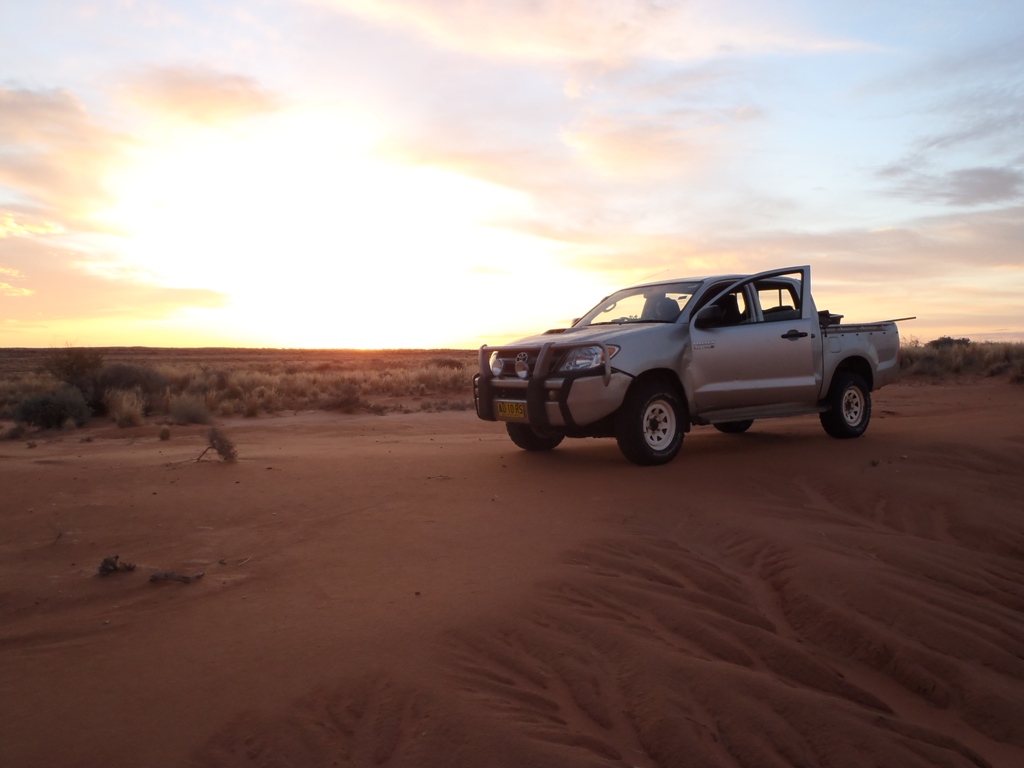
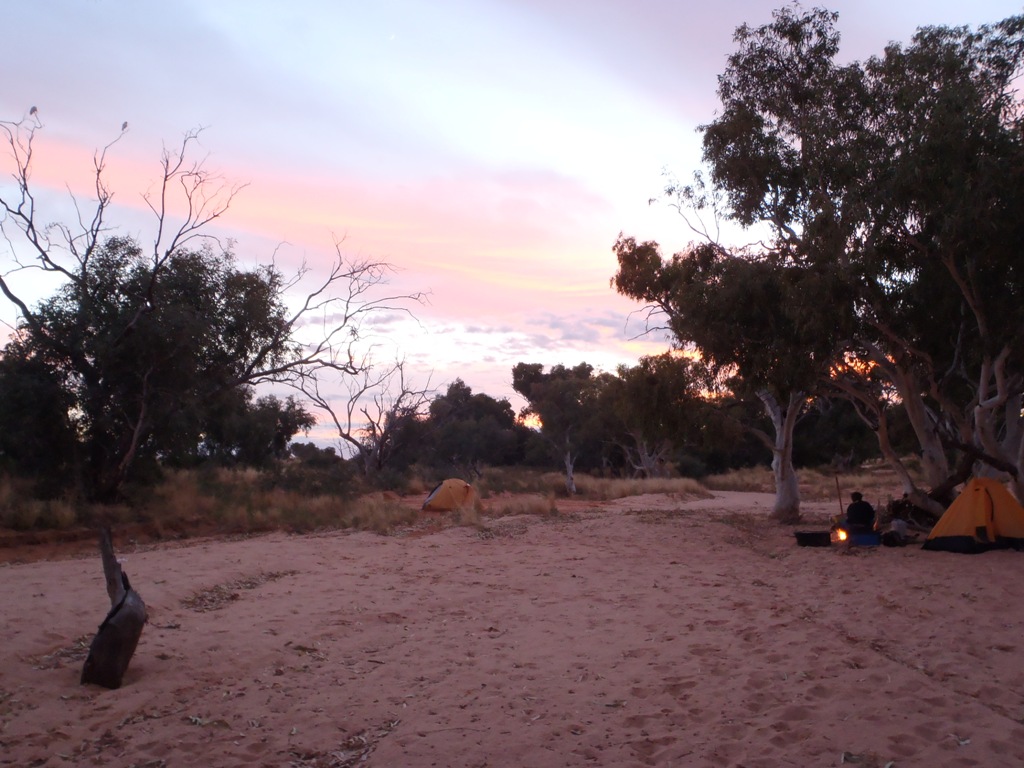
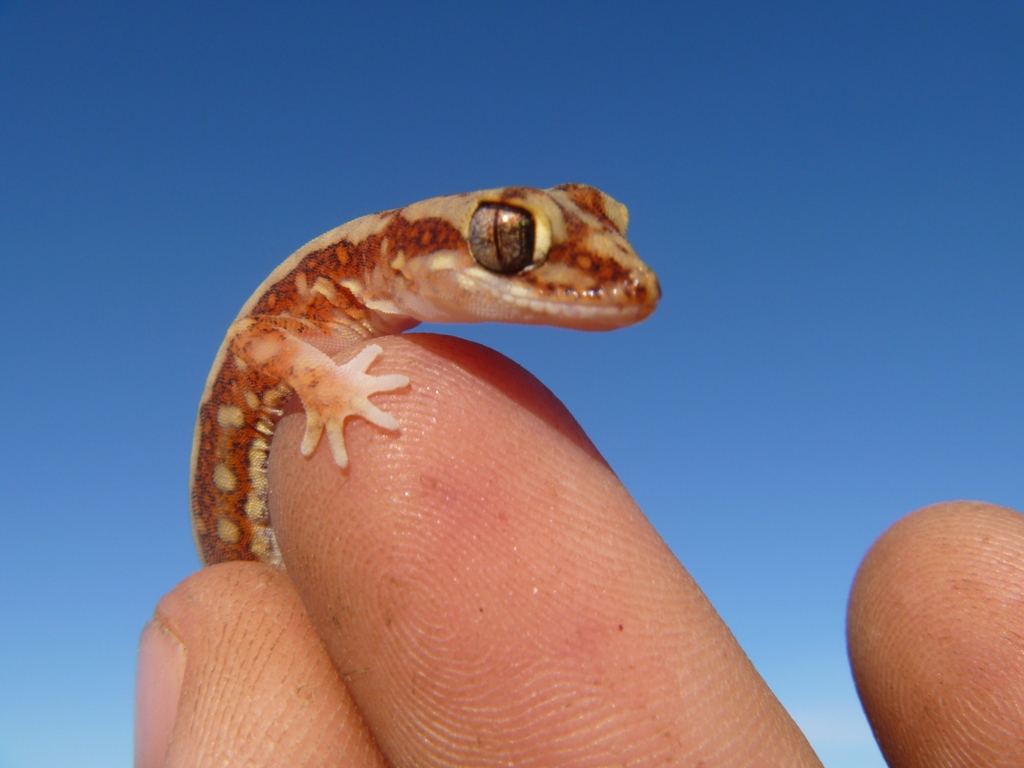
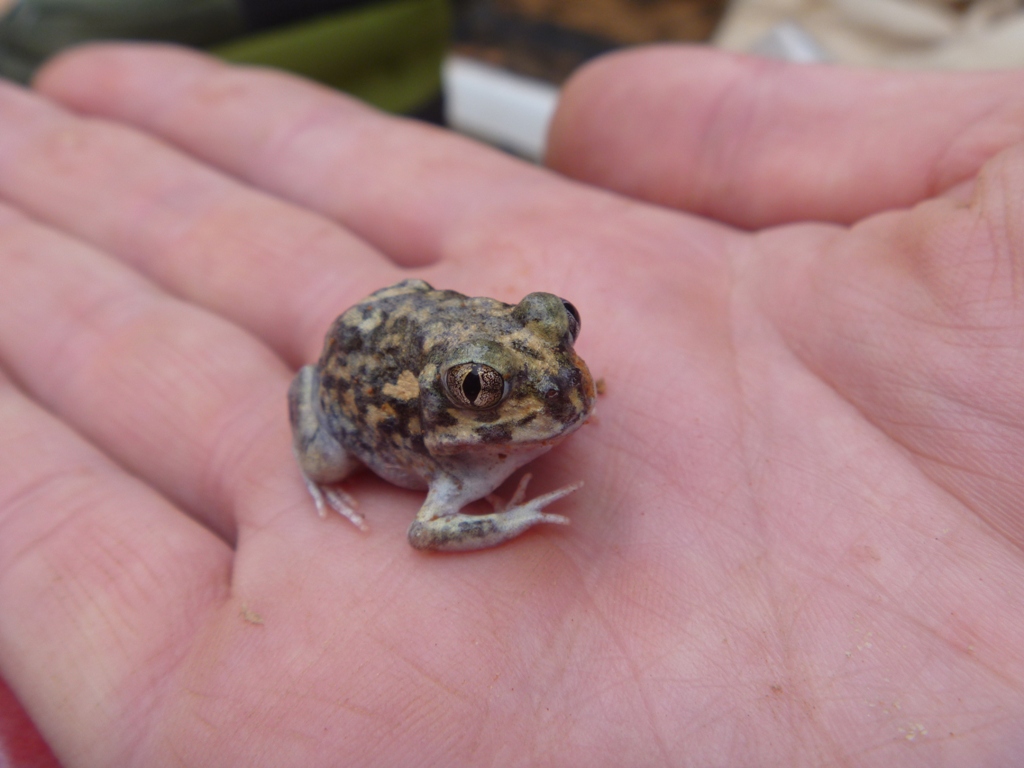
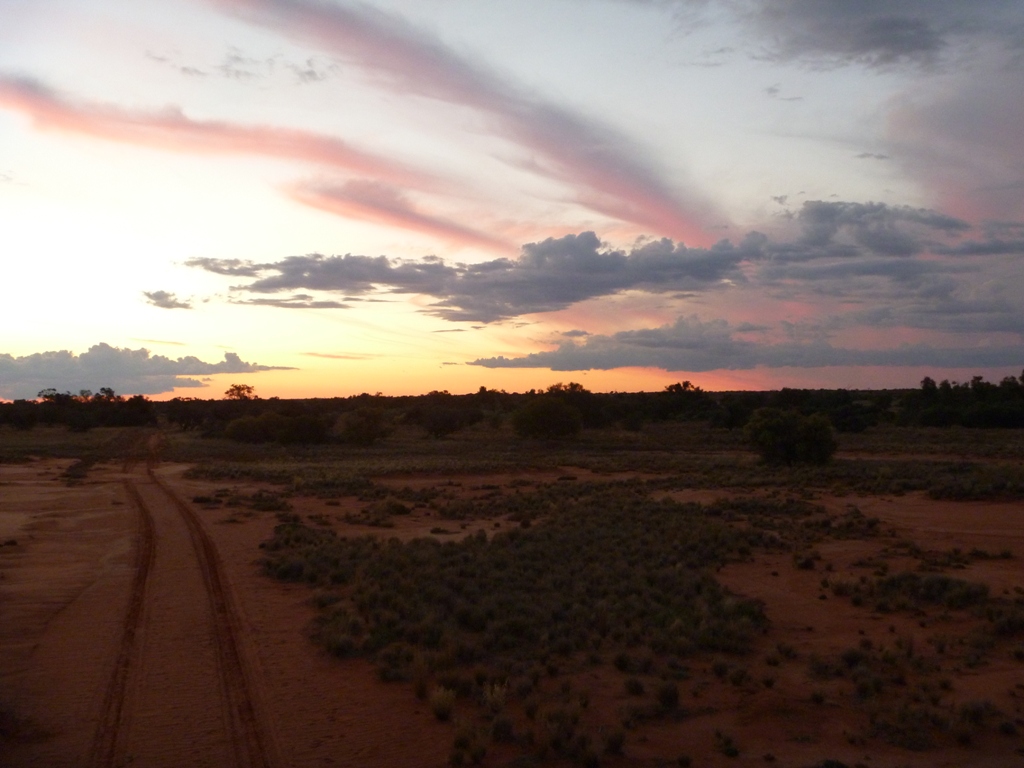
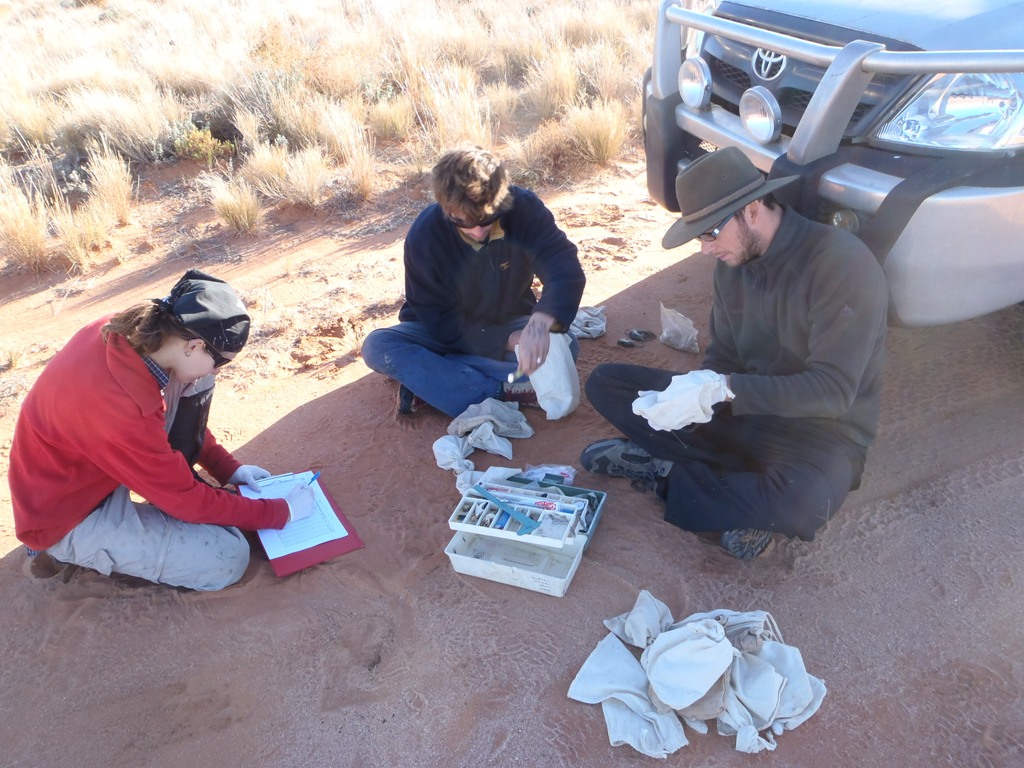
Research Project Supervisor
Dr Benjamin Moore
Awards/Honours
Awarded $1,200 for an Ecological Society of Australia (ESA) Student Research Award.
Publications
Gordon CE, Eldridge DJ, Ripple WJ, Crowther MS, Moore BD, Letnic M, (2017) 'Shrub encroachment is linked to extirpation of an apex predator', Journal of Animal Ecology, vol.86, no.1, pp 147-157
Gordon CE, Moore BD, Letnic M, (2017) 'Temporal and spatial trends in the abundances of an apex predator, introduced mesopredator and ground-nesting bird are consistent with the mesopredator release hypothesis', Biodiversity and Conservation, vol.26, no.6, pp 1445-1462
Gordon CE, Letnic M, (2015) 'Functional extinction of a desert rodent: implications for seed fate and vegetation dynamics', Ecography (in press)
Colman NJ, Gordon CE, Crowther MS, Letnic M, (2015) 'Response to Allen 'An alternative hypothesis to the conclusion of Colman et al. (2014)', Proceedings of the Royal Society B, vol. 282, no.1799, 20141845
Gordon CE, Feit A, Grüber J, Letnic M, (2015) 'Mesopredator suppression by an apex predator alleviates the risk of predation perceived by small prey', Proceedings of the Royal Society B: Biological Sciences, vol.282, no.1802, Article no.20142870, 8p
Colman NJ, Gordon CE, Crowther MS, Letnic M, (2014) 'Lethal control of an apex predator has unintended cascading effects on forest mammal assemblages', Proceedings of the Royal Society B, vol.281, no.1782, 20133094
Letnic M, Tischler M, Gordon C, (2013) 'Desert small mammal responses to wildfire and predation in the aftermath of a La Niña driven resource pulse', Austral Ecology, vol.38, no.7, pp 841–849
Letnic M, Greenville A, Denny E, Dickman CR, Tischler M, Gordon C, Koch F, (2011) 'Does a top predator suppress the abundance of an invasive mesopredator at a continental scale?', Global Ecology and Biogeography, vol.20, no.2, pp 343-353
View the Thesis
» Australasian Digital Theses Online (opens in a new window)